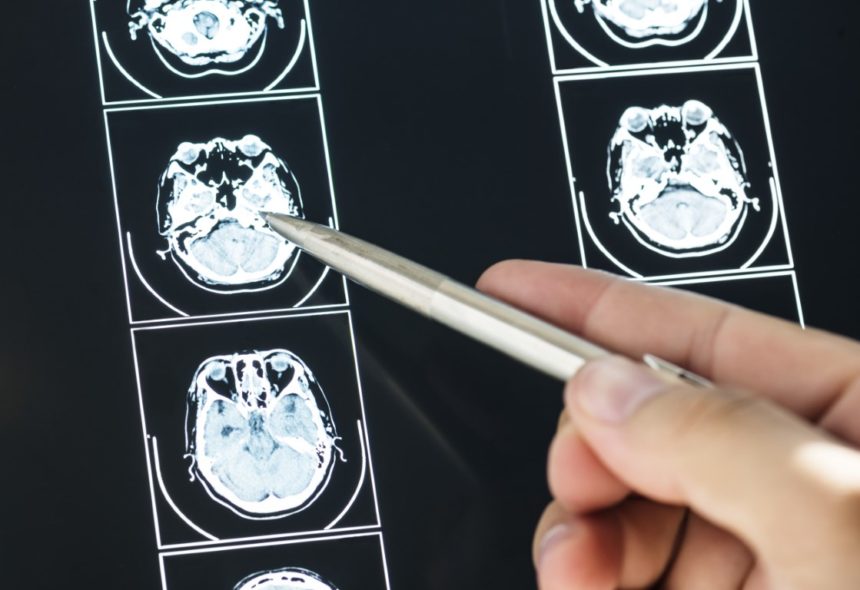Two effective, non-invasive tools used to view arteries, blood vessels, bones, organs, and tissues within the body are the MRI and the MRA. Patients often have difficulties understanding the difference between these two diagnostic imaging modalities because they’re so closely related. However, upon further examination there are several unique differences to be aware of.
What is an MRI?
Magnetic resonance imaging is a type of scan that doctors and specialists use to view a person’s internal body parts. This often includes bones, organs, and tissues. The MRI machine uses a magnetic field that bounces radio waves throughout the body and maps the part that is being scanned. In some cases, doctors will use contrast agents to help radiologists see the scanned body part more thoroughly.
What is an MRA?
An MRA or magnetic resonance angiography is a type of MRI. In many cases, MRA’s are done in conjunction with MRI’s. The MRA evolved from the MRI and is used to enable doctors to examine blood vessels more thoroughly. One of the key similarities of the MRA is that it is composed of MRI signals. However, it includes spatial resolution as well or the ability to differentiate between two adjacent forms or structures and show that they are distinct or separate from one another.
MRA versus the MRI?
Both diagnostic imaging modalities are used to see the internal parts of the body. While MRIs are used primarily to detect abnormalities of the brain, joint injuries, and other types of abnormalities, MRA’s are typically ordered for:
- Aortic coarctation
- Carotid artery disease
- Heart disease
- Strokes
- Other issues associated with the blood vessels
Key Takeaways
There isn’t a lot of difference between an MRA and an MRI. The MRA is a type of MRI and uses the same machine during imaging tests. The key difference is that an MRA takes images of the blood vessels that are more detailed than the organs and tissues that surround them.
Each of these digital imaging tests help doctors to diagnose correctly. To schedule an exam at Vital Imaging Medical Diagnostic Centers, call us at (305) 596-9992. We are here to help you.

